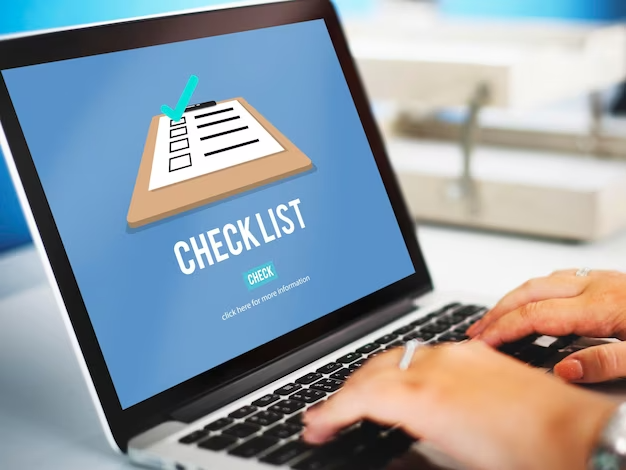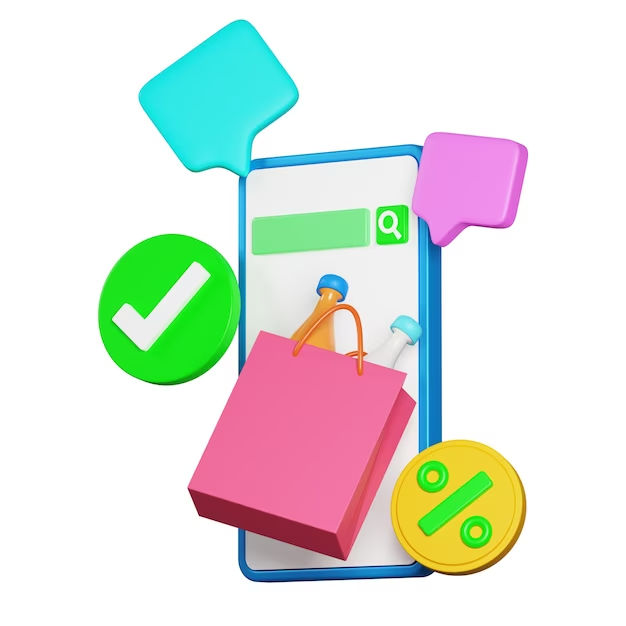
Introduction
Launching an online store can be an exciting and rewarding endeavor. Shopify, one of the most popular e-commerce platforms, provides beginners with an accessible and user-friendly solution to build and manage their online businesses. To ensure a successful start, it’s essential to follow a comprehensive checklist and guide that covers all the necessary steps. In this article, we present the ultimate Shopify checklist and guide for beginners, offering a roadmap to help you navigate through the process smoothly and set up your online store for success.
- Define Your Business Goals
Before diving into the technical aspects, take the time to define your business goals. Determine your target audience, niche, and product offerings. Conduct market research to assess competition and identify unique selling propositions (USPs) that will differentiate your store from others in the market. Having a clear vision and understanding of your business goals will guide your decisions throughout the process.
- Sign Up for a Shopify Account
Visit the Shopify website (www.shopify.com) and sign up for an account. Shopify offers a free trial, allowing you to explore and familiarize yourself with the platform before committing. Choose a memorable and relevant domain name for your store, keeping it aligned with your brand identity. Once registered, you can start building your online store.
- Customize Your Store’s Design
Shopify provides a wide range of customizable themes to give your store a unique look and feel. Select a theme that aligns with your brand and offers a user-friendly interface. Customize the colors, fonts, and layout to create a visually appealing storefront that reflects your brand’s personality. Ensure that your store is mobile-responsive, as an increasing number of users access online stores via mobile devices.
- Add Your Products
Create product categories and add your products to the Shopify dashboard. Provide detailed descriptions, high-quality images, and accurate pricing information. Implement product variations, such as sizes or colors, if applicable. Set up inventory tracking and shipping options to manage orders effectively.
- Configure Payment and Shipping Settings
Choose and set up a payment gateway that suits your business needs. Shopify supports various payment options, including PayPal, credit cards, and alternative methods like Apple Pay or Google Pay. Ensure that your payment gateway is secure and provides a seamless checkout experience for your customers.
Define your shipping zones and rates based on your product dimensions, weight, and destination. Consider offering free shipping or implementing real-time shipping rates to improve customer satisfaction. Establish clear shipping policies and communicate them on your website.
- Optimize for Search Engines (SEO)
To drive organic traffic to your store, optimize your website for search engines. Conduct keyword research to identify relevant terms your target audience may use to find products similar to yours. Optimize product descriptions, titles, headings, and meta tags with targeted keywords. Create unique and compelling product descriptions that provide value to customers and search engines alike.
- Set Up Analytics and Tracking
Implement Google Analytics or other tracking tools to monitor your website’s performance. Tracking data such as traffic sources, conversions, and customer behavior will help you make informed decisions to optimize your store’s performance.
- Create Compelling Content
Content marketing plays a crucial role in attracting and engaging customers. Create a blog on your Shopify store and regularly publish relevant and valuable content related to your products or industry. Share product updates, industry insights, and helpful tips to establish yourself as an authority in your niche.
- Test and Launch
Before launching your store, thoroughly test its functionality, including browsing, adding items to the cart, and making test purchases. Check for any broken links, formatting issues, or technical glitches. Run test orders to ensure the payment and shipping processes work smoothly. Solicit feedback from friends or family members to gain an outside perspective.
- Market and Promote Your Store
Once your store is live, it’s time to promote it to attract customers. Develop a marketing strategy that includes social media marketing, email marketing, influencer collaborations, and paid advertising. Leverage social media platforms, SEO techniques, and content marketing to drive traffic and increase conversions.

Conclusion
Launching a successful Shopify store requires careful planning and attention to detail. By following this ultimate Shopify checklist and guide for beginners, you’ll be equipped with the essential steps and strategies to build a compelling online store. Remember to continuously monitor and optimize your store based on customer feedback and market trends. With dedication and perseverance, your Shopify store has the potential to become a thriving online business.
If you are looking to buy one click here, contact us here
Follow us on Instagram
